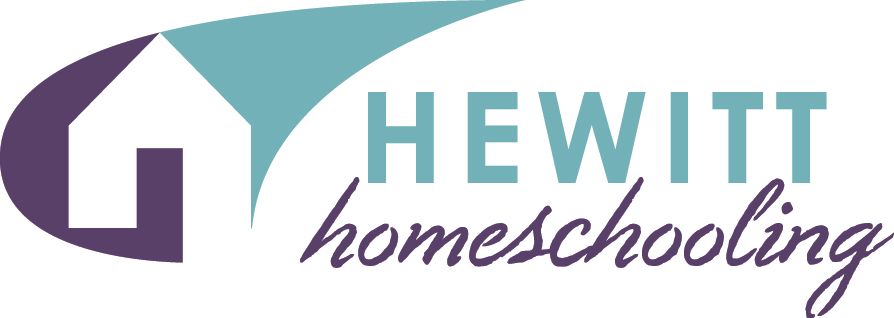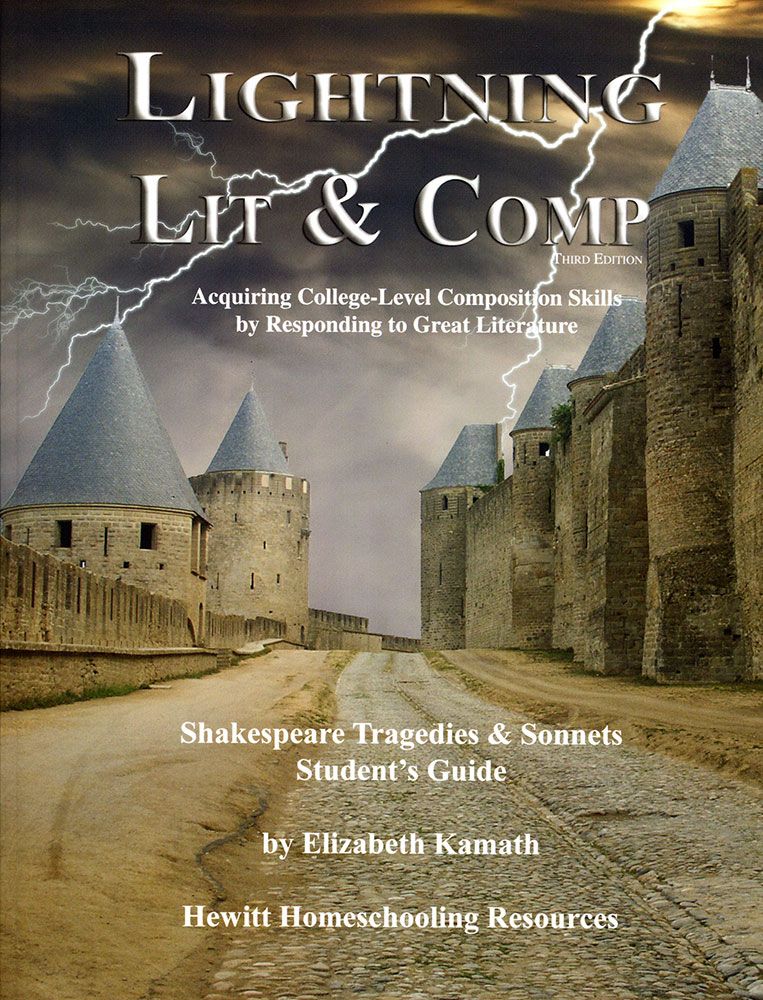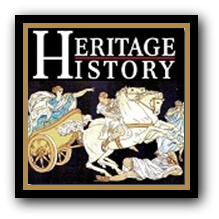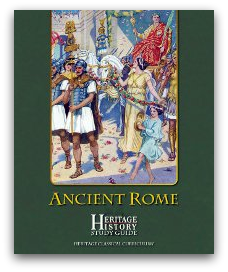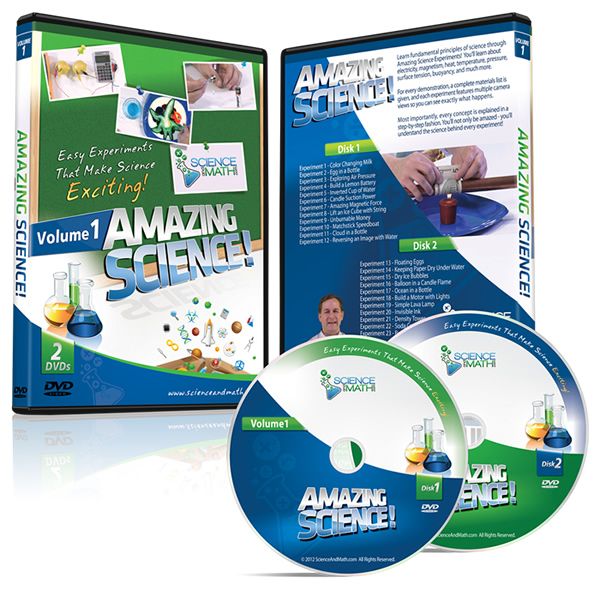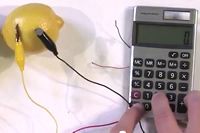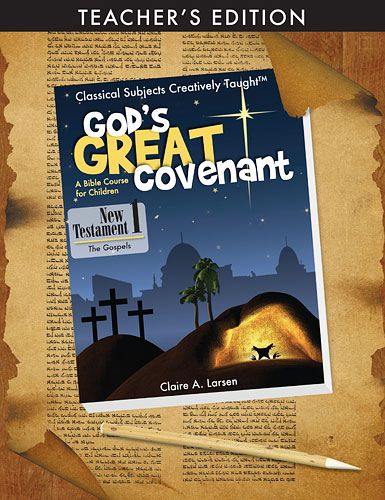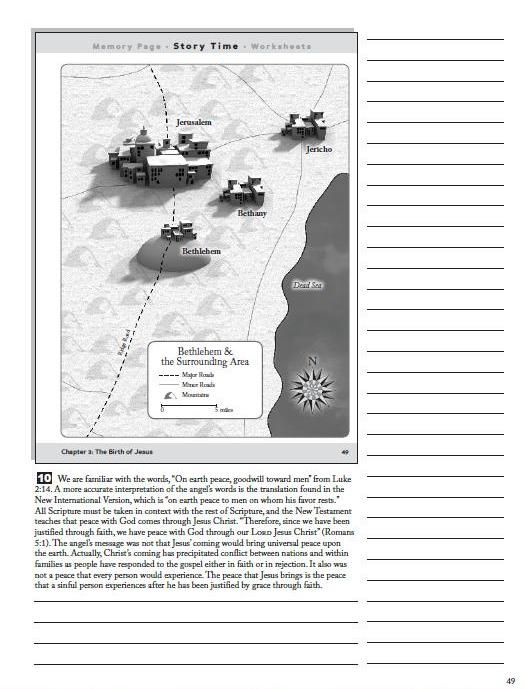book review! If you wish to join the FIRST blog alliance, just click the button. We are a group of reviewers who tour Christian books. A Wild Card post includes a brief bio of the author and a full chapter from each book toured. The reason it is called a FIRST Wild Card Tour is that you never know if the book will be fiction, non~fiction, for young, or for old...or for somewhere in between!
***Special thanks to Althea Thompson | Publicity Coordinator, Charisma House | Charisma Media for sending me a review copy.***
Joseph Cannizzaro, MD, is the founder and managing pediatrician for the Pediatricians Care Unit in Longwood, Florida. He received his MD from the University of Bologna Medical School in Bologna, Italy, and has practiced pediatric medicine for thirty years with specialties in developmental pediatrics, nutrition, and preventative medicine.
A groundbreaking integrative treatment program for autism, ADHD, asthma, and allergies.
In the last two decades, the incidence of the 4-A disorders--autism, ADHD, asthma, and allergies--has increased so drastically that many now call these four conditions "the new childhood epidemics." In this book, integrative pediatrician Joseph Cannizzaro lays a foundation for understanding the cause of all four conditions and then provides a comprehensive treatment program for each of them.
The medical community has generally overlooked the commonalities that link the 4-A disorders and, in most cases, has limited treatment to suppression of symptoms. Dr. Cannizzaro has focused his pediatric practice on the treatment of the 4-A disorders for the past five years. He and his colleagues are currently securing a research grant that will provide funding and national peer recognition of their groundbreaking treatment program, which is the first to combine traditional medical approaches with a full range of natural healing modalities.
Since I have been in the hospital with my daughter for nearly two weeks and I do not have this book title with me now, this post will be updated with my review at a later date. My apologies to the author and the publisher.
Introduction
There IS Hope!
What has gone wrong? As even a casual reader or listener of the news knows, the statistics are alarming. Autism, ADHD, asthma, and allergies––all four of which happen to begin with the letter “A”––are on the rise, especially among children. In fact, it is not stretching the definition of the word epidemic to use that term for the way these disorders are sweeping the Western world. None of them is communicable in the classic understanding of the term, but all four sets of disorders, as you will see throughout this book, share common root causes that contribute to the development of current epidemic proportions. Autism, Attention Deficit Disorder (with and without hyperactivity—ADD/ADHD), asthma, and allergies—these are the new childhood epidemics.
A tragedy of this magnitude would be overwhelming except for a salient fact: These new epidemics can be defeated. After twenty years of treating patients, I have found that beneath the surface there is an unmistakable, unshakeable web of interrelationship among the 4-A disorders, and I have learned to recognize the patterns. Toxicity in the brain and body causes metabolic dysfunction, which cascades with other factors to produce one or more of these disorders. Often they overlap with each other in the same person. By uncovering and treating the common causes of these 4-A disorders, we can embark on a common (and hope-filled) path to recovery.
You are already aware of this epidemic or you would not have picked up this book. Most likely you are a parent of a child (or more than one child) who carries a diagnosis of one of these disorders. You may be overwhelmed with your situation at home, while your search for help merely seems to bury you in information and saddle you with enormous medical bills.
I want to empower people like you—parents of 4-A children—with comprehensive and effective tools. With you, I want to advocate for the health of your kids. At the same time I want to increase your skills to recognize your own body’s ongoing responses to disorder and stress so that you can make an ongoing and accurate assessment of how you’re doing as a whole family.
Holistic-Integrative Self-Medical Care
This book is a guide, not a cookbook. It will teach you principles as well as facts and point you in the right direction as you search out the best path. Recovering from any of the 4-A disorders is a journey, replete with side trips and even dead ends. But together with others you can make tangible progress toward the healthy, even contented, lifestyle you want for yourself and your loved ones.
What you as an individual do with this information is up to you. I want to teach you how to “self-practice” self-care in a holistic, integrative, and natural way. I want to introduce you to upstream medicine, in which we all play a role in searching out the causes of disease and eliminating them at the root.
The causes of this particular 4-A epidemic (and if I were not a pediatrician, I might add a fifth and more mature “A” to the list: Alzheimer’s disease) are omnipresent in our man-made, inevitably toxic environment. The detrimental effects of our environment have been causing all sorts of damage and disorder that is initially imperceptible and can remain so far varying durations within a person’s lifetime. In the case of many of our children the damage has manifested early on as the 4-A disorders, although some children escape.
All disease processes begin with changes in functional systems, imbalances that our bodies can bring back into balance up to a point. We cannot tell at first what damage to cells and tissues may have been initiated; for a time, we remain unaware of tissue damage or dysfunction.
But after a point of saturation, months or even years down the road, a point which varies from one individual and family to another, an invisible threshold is crossed, beyond which perceptible symptoms of a disease begin to appear.
When I use the term “upstream medicine,” I’m using it to communicate two ideas: (1) the way in which we can learn to trace symptoms of a disease back to common and basic metabolic roots, so that we can weed out toxicity and improve the health-promoting aspects of our environment, and (2) the way in which we can learn to anticipate damage or dysfunction long before actual disease symptoms begin to manifest, so as to keep our lifestyles as free as possible of disease-producing contaminants. An intermediate period exists wherein perceptible signs and symptoms of a potential disease are still “brewing,” and during which, if appropriate measures are taken, the full definitive disease will never come into being.
My Unique Qualifications
I am an established medical doctor with a pediatric specialty. As the parents of young patients have come to me for answers over the years, I became convinced that my medical toolbox was insufficient. I could help but only to a degree. Why should I spend my time and the hard-earned money of my patients’ families simply trying to suppress symptoms of a disease, especially life-consuming ailments such as these 4-A disorders?
I needed to be able to do more. I needed to learn to bring together all that I had learned in medical school and in my pediatric practice along with as many other valid healing modalities as I could learn. I needed to become an integrative doctor, one who incorporates a holistic (mind, body, spirit) awareness along with a natural, nuts-and-bolts comprehension of basic biological principles. I needed to go back and relearn basic information about bodily systems (immune, digestive, nervous, etc.), in order to determine what it takes to establish and sustain the human body’s natural ability to develop, grow, and thrive. Besides all of that I needed to become aware of the bodily effects of our toxic environment so that I could make reliable recommendations to my patients.
In short I needed to learn to practice medicine in a way that actually eliminates the causes of illness.
This book reflects my journey, and I am very glad to be able to take you on board. I have written it to provide you with solid information, so that you can come to understand the causes and effects of your own child’s health concerns––and so that you can move together in the direction of healing. You will find here a detailed summary of what I have learned, and helpful applications of that information that you can adjust to suit your personal family situation.
A glance at the Table of Contents will serve as an introduction to the “menu” I have prepared for you. Some of the chapters may not apply to your situation, because you may be dealing with only one or two of the 4-A disorders in your family. But you will find that I have repeated key concepts throughout the book, so you will not miss them if you skip a chapter or two.
My desire is to put into your hands a transformational book, one that can transform your presuppositions and partial information so that, with me, we can create evidence-based solutions for some of society’s most perplexing ailments. I want to bring you to the brink of discovery, where you can survey a variety of explanations and solutions and find the ones that align with your own physical, mental, and spiritual paradigms.
Each of my own patients and their families has gained greatly from what you are about to read. Now it’s your turn to receive the same benefits!
SECTION I:
HOW DID THIS HAPPEN?
Chapter 1
Four New Childhood Epidemics
Billy was born ten days after his due date after a very long labor, and he had his umbilical cord wrapped around his neck twice. This did not seem to affect him negatively, though. At home he was a beautiful baby, always very active. All of his growth and developmental parameters were normal and on track. He was engaged with his family and communicative.
As an early toddler, however, he began to have temper tantrums and became very fearful of noises, which would make him cling to his mother for long periods of time. He gradually lost interest in his toddler play group. Billy continued to become more distant. Soon he would no longer respond to anyone calling his name, and eye contact slowly disappeared. By the time he was three, he had sustained numerous injuries while walking, running, or climbing, because he seemed to have no sense of danger.
All along his parents were reassured that their little boy’s behavior was within a normal range for his age. And yet he could not tell them if he was thirsty or hungry, happy or sad, or why he was upset––it seemed that he could not convey any emotion. Also, he had had bowel problems since he was six months old, but his mom had been told that it’s normal for children to have one bowel movement per week.
When Billy turned four, his preschool teacher suggested that his mother take him for a developmental evaluation conducted by a pediatrician. This caused her to begin to do some research on her own and her studies soon revealed that a pattern of behavior similar to Billy’s was typically seen in autistic children. Her fears mounted. Her Billy, who was once a healthy, happy little boy, now looked like a sad, helpless, clumsy boy who couldn’t express himself verbally, who would get upset very easily, and who was losing friends faster than he could make them.
Refusing to accept that nothing could be done, Billy’s mother located the website of the Autism Research Institute and found a holistic, integrative physician. He diagnosed Billy with Autism Spectrum Disorder (ASD), with severe food allergies and constipation, and he initiated biomedical treatment. Billy started a gluten-free, casein-free, and soy-free diet along with supplements that included probiotics, enzymes, and a whole food concentrate to help turn around his “leaky gut syndrome.”
After four months, his parents could talk to Billy and he would listen. Another practitioner was enlisted and he diagnosed oral candidiasis (“thrush”) and heavy metal toxicity. As his digestive, immune, and nervous systems came into balance and Billy’s overall health improved, he gradually achieved developmental milestones in academics and social skills. Now he was able to make friends at school, to interact and play with them. He had good eye contact and his speech was clear. Remarkably, he once again enjoyed life. He was back to being a happy boy who could tell his parents what he wanted.
As time went on, however, he became overly gregarious and extremely hyperactive. His mom remarked “Well, it’s just that he likes to do so many things. He’s all over the place. He’s a bundle of joy but he can be very disruptive in a group.” By then Billy was six and had entered kindergarten. He maintained good grades. The comments on his report cards were upsetting, however, comments such as, “despite my best efforts I cannot persuade Billy to pay attention and he remains a constant disruption in class.” He was taken back to the doctor for a full evaluation. This time, the diagnosis was ADHD (attention deficit disorder with hyperactivity).
What could have happened? Were the dietary and lifestyle measures that had brought so much healing no longer working? This prompted a systems review with laboratory studies, dietary history, and supplemental program analysis, along with a measurement of his toxic burden, which revealed that Billy and his family had lapsed back into a lifestyle marked by an inappropriate diet that was devoid of proper supplementation, along with a disregard for their exposure to toxins.
I am happy to report that once Billy’s parents successfully reinstituted and maintained those lifestyle changes (nutrition, supplements, and a detox program), Billy no longer suffered from the effects of the ADHD. As long as he stuck with the lifestyle improvements, he could be considered healed and healthy.
Is This a Real Epidemic?
We are living in the midst of a colossal, quadruple epidemic. This epidemic has developed insidiously over decades and it has escalated rapidly during the past thirty years.
How is this possible? Isn’t an epidemic defined as a specific disease that spreads rapidly in a definable geographic region? How can four seemingly distinct disorders (autism, ADHD, asthma, and allergies) share the same “epidemic” umbrella?
It’s really not a stretch to call this a modern epidemic, even though the symptoms can vary greatly and even though the escalation seems to cover all of the developed nations of the world. This is because this diverse population of children (adults too, but these problems start young) are united in what underlies their many overlapping symptoms—and they face the same health-challenging environment.
We are involved in this epidemic with four faces simply because we are all exposed to the same cause. Toxicity permeates our ecosystem. The human body responds to the threat in particular ways. When you add other factors of our modern lifestyles, you get a spectrum or array of disorders that are interwoven with each other. The reason this epidemic came to light in children is because they are the most vulnerable.
Although we characterize what’s happening as an epidemic, the children themselves must be evaluated and treated as individuals, because each person is affected in his very own specific way. We can see patterns and cause-and-effect, but many factors make each child’s situation unique. Once we begin to understand where this epidemic came from, we next need to determine just where each individual fits. Only then can we pursue healing.
Definitions
ASD: Autism Spectrum Disorder
ADHD: Attention Deficit Disorder with Hyperactivity
Candidiasis (oral): Commonly known as “thrush,” yeast overgrowth, or yeast infection, candidiasis indicates that the opportunistic Candida albicans fungus has caused white spots on the tongue and inside of the mouth.
Quadruple Epidemic
Within the past forty years of medical history, we began to realize that not only were rates of autism, ADHD, asthma, and allergies growing into epidemic proportions, they are also connected to each other at the root. Not only do they share overlapping symptoms, they also often appear in the same individual.
My personal experience with patients and that of all the integrative physicians with whom I have worked is that we have not met one child who came to us with just one of the four conditions. The parents of a child with allergies would describe asthma attacks as well as their child’s learning problems (problems with concentration and attention span). Children would be diagnosed with autism and then with ADHD, and we would find that these hyperactive autistics also had severe allergies and asthma. Our conventional medical categories consisted of separate diagnostic boxes. But these kids could not fit into just one of them.
We have not met one child who came to us with just one of the four conditions.
How are these disorders related? What is their commonality? What element unites them all? The answer: the state of the digestive system. Every 4-A patient has an abnormal digestive system, which in turn impacts the immune and nervous systems, producing a familiar litany of symptoms.
“All diseases begin in the gut,” declared Hippocrates 2,400 years ago. He was describing our current epidemic.
Current Rates of 4-A Disorders
How many children and adults have been hit by this epidemic? Twenty-five million individuals, and most likely more than thirty million, when psychiatric conditions and the disorders in learning, behavior, speech and language, sensory integration, and motor skills are included. This certainly qualifies as an epidemic.
Is it an epidemic of genetic origin? While autism and the three other A’s have a clear genetic component, that cannot explain everything. These are not purely genetic diseases. Undoubtedly these patients were born with a genetic predisposition or susceptibility. Yet genetics alone does not cause epidemics, and it may not be as important as we thought it was. As Francis Collins, director of the National Institutes of Health and former head of the Human Genome Project, famously said, “Genetics loads the gun, and environment pulls the trigger.”
Environmental changes occurring to a genetically predisposed child sound like a more plausible explanation to me. But what are the specific triggers?
“Genetics loads the gun, and environment pulls the trigger.”
I believe that environmental factors are of paramount importance. Autism has increased 6,000 percent in twenty years, ADHD more than 400 percent, asthma more than 300 percent, and allergies more than 400 percent in the same time period. Two disastrous environmental changes have caused all this to happen: overwhelming toxicity and nutrient depletion.
Definitions
Commonality: A shared set of attributes or features. In the context of this book, the word refers to an aggregate of environmental conditions and influences that have caused the epidemic of 4-A disorders.
Allergy: An exaggerated response of the immune system to specific substances that normally pose no threat to the human body, involving the elevation of specific antibodies due to antigen stimulus.
Asthma: A chronic inflammation of the bronchial tubes characterized by symptoms such as wheezing, coughing, chest tightness, and shortness of breath.
Autism: A developmental disorder that encompasses speech development, social development, physical capabilities and tendencies, and cognitive development.
Maria Rodale, CEO of the family-named multimedia healthy-living company, writes in her book Organic Manifesto:
Autism and attention-deficit/hyperactivity disorder (ADHD), diseases virtually unheard of a few decades ago, are now diagnosed regularly. Of every 100 children born today, one will be diagnosed with autism before the age of 8.* About 4.4 million children between the ages of 4 and 17 have been diagnosed with ADHD. Rates of asthma, diabetes, and childhood obesity are at all-time highs and scientists can’t explain why the number of children with food allergies has increased 18 percent in the last decade.** Is it a coincidence that the prevalence of these problems has increased as we have increased the use of chemicals to grow our food?”1
Toxic chemicals in our food chain are just one of the triggers. Let’s take a look at each of the epidemic disorders in turn before we go on in the rest of the chapters to describe all of the possible triggers, as well as specific and comprehensive strategies for dealing with them.
Autism
It would not be an exaggeration to say that autism affects everything in a child. Broadly defined, it is a severe developmental disorder characterized by significant disabilities in social interaction, communication, and behavior.
Autistic children range from those who appear to be normal to those who cannot speak at all or make eye contact, and who engage in repeated and disturbing physical actions. In less severe cases children may be diagnosed with Asperger’s syndrome or one of the other four recognized disorders at the “high-functioning” end of the autism spectrum. These children may have near-normal speech capabilities, but many autistic social and behavioral problems persist.
Autism affects about five boys to every one girl, and it is usually diagnosed at a young age. Autistic children have serious social impairments, and many lack an intuitive sense about other people, misreading social cues and not being able to learn from mistakes. This seriously inhibits normal growth and development. If they are verbal, some autistic children characteristically repeat others’ words or reverse pronouns. They may have trouble engaging in imaginative play, a key aspect of normal development in non-autistic children.
Because autistic children can display such different symptoms, autism must be considered a “spectrum” disorder. Many people (and I am one of them) are convinced that ADHD carries the mildest form of the symptoms on the autism spectrum. Still milder would be “borderline ADHD,” or various learning disabilities. Autism spectrum disorder is often referred to as ASD.
Children with autism, as well as those with ADHD, tend to suffer from asthma and allergies. Many also contend with other comorbid conditions, such as depression, anxiety, mood disorders, bipolar disorder, obsessive-compulsive disorder, sleep disorders, and more.
Attention Deficit Hyperactivity Disorder
Like autism, Attention Deficit Hyperactivity Disorder (ADHD) affects more boys than girls. ADHD can be characterized by age-inappropriate impulsivity, inattention, and often hyperactivity.
ADHD is further subdivided into three types, as follows:
1. Predominantly hyperactive-impulsive ADHD. These children (more boys than girls) are in constant motion and find it hard to wait or listen. Instead, they act and talk impulsively.
2. Predominantly inattentive ADHD. More girls than boys have this type. They have difficulty staying focused and attentive, and they do not tend to “act out” or stir things up.
3. Combined hyperactive-impulsive and inattentive ADHD. Most children with ADHD have this type.
Inattention, hyperactivity, and impulsivity are the key behaviors of ADHD, although it can be difficult to draw the line at where normal levels of childish inattention and fidgety behaviors end and ADHD levels begin. These symptoms can lead to problems in academic, emotional, and social behaviors.
Sometimes other factors appear with ADHD and can make diagnosis confusing, such as depression, sleep deprivation, specific learning disabilities, physical tics, and overall behavioral issues. In fact we find that most kids who have ADHD also have one or more significant psychiatric, physical, or behavioral problem, including bipolar disorder. Because ADHD has so many different faces, parents should always seek out professional help to sort out the reasons for their own child’s behavior.
Although people with ADHD can become quite successful in life, the opposite can also prevail: school failures, discipline for unruly behavior, rocky relationships, and eventual substance abuse. Children with untreated ADHD can grow into adults who are depressed, anxious, minimally employed, and generally unhappy with their lives.
Throughout this book, when I refer to children with a kind of shorthand as “spectrum” children, I am referring to children whose symptoms put them somewhere on the autistic-to-ADHD continuum.
Asthma
The word asthma comes from a Greek word that means “panting.” It is a chronic inflammation of the bronchial tubes characterized by symptoms such as wheezing, coughing, chest tightness, and shortness of breath. The inflammation is triggered environmentally by reactive substances or activities, including allergens, physical exercise, and cold air. The chronic inflammation causes swelling and therefore narrowing in a person’s airways. Most treatments focus on reversing this swelling to relieve the labored breathing.
When a person’s asthmatic symptoms become worse than usual, we call it an asthmatic attack. Without treatment the person’s bronchial tubes can close so that the person dies of suffocation.
Treatments include quick-acting medicines to give relief from asthma attacks and maintenance medicines to prevent symptoms over the long term.
Asthma ranks as the number one chronic illness in children today.
Definitions
Autism spectrum disorders: Five disorders with distinctive symptoms of autism: (1) autistic disorder, (2) Asperger’s syndrome, (3) childhood disintegrative disorder, (4) Rett’s disorder, and (5) pervasive developmental disorder—not otherwise specified (PDD-NOS)
Allergen: Environmental substances that are normally harmless but which provoke a range of symptoms in reactive individuals.
Anaphylaxis: A severe and rapid allergic reaction involving many parts of the body, sometimes fatal.
Bipolar disorder: A mental disease characterized by cycles of depression and mania.
Allergies
People with allergies have hypersensitive immune systems that react to outside substances in an exaggerated fashion. The word allergy indicates an altered reaction, deriving as it does from the Greek words allos (different, changed) and ergos (action).
Besides causing discomfort and illness, allergies can trigger asthma attacks and can contribute to the severity of many other disorders. A person’s immune system is supposed to fight genuine microbial threats. In most allergic reactions, however, the immune system is responding in an exaggerated way to a false alarm.
Common substances to which people have an allergic response include pollen, dust mites, insect stings, pet dander, molds, as well as specific foods and ingredients in medicines. These normally harmless environmental substances are known as allergens when they provoke symptoms such as nasal congestion and sneezing, itching or swelling, rashes, digestive disturbances, or full-blown asthma. Most of the time allergy symptoms are annoying but not life-threatening, although an intense allergic reaction known as anaphylaxis affects multiple internal systems and can result in death.
Allergies are very common in the population at large.
Putting Them Together
In the next chapter we will explore how these four seemingly unrelated disorders, autism, ADHD, asthma, and allergies––each of which has mushroomed statistically in our lifetime and which affect our children disproportionately––combine into one sweeping epidemic. I will offer encouragement to parents of 4-A children as I propose potential solutions. For the sake of our sons and daughters (who represent our future), let us not rest until we have brought this 4-A epidemic to its knees.
